This article was medically reviewed by Luba Lee, FNP-BC, MS. Luba Lee, FNP-BC is a Board-Certified Family Nurse Practitioner (FNP) and educator in Tennessee with over a decade of clinical experience. Luba has certifications in Pediatric Advanced Life Support (PALS), Emergency Medicine, Advanced Cardiac Life Support (ACLS), Team Building, and Critical Care Nursing. She received her Master of Science in Nursing (MSN) from the University of Tennessee in 2006.
There are 10 references cited in this article, which can be found at the bottom of the page.
wikiHow marks an article as reader-approved once it receives enough positive feedback. This article received 11 testimonials and 97% of readers who voted found it helpful, earning it our reader-approved status.
This article has been viewed 337,363 times.
Pulse oximetry is a simple, cheap, and noninvasive procedure used to measure the level of oxygen (or oxygen saturation) in the blood. Oxygen saturation should always be above 95 percent. However, oxygen saturation may be lower if you have a respiratory disease or congenital heart disease.[1] You can measure the blood's percentage of oxygen saturation using a pulse oximeter, a clip-like sensor device that is placed on a thin part of your body, such as an earlobe or nose.
Steps
Preparing to Use a Pulse Oximeter
-
1Understand the relationship between oxygen and the blood. Oxygen is breathed into the lungs. The oxygen then passes into the blood where the majority of the oxygen attaches to hemoglobin. Hemoglobin is a protein located inside our red blood cells that transports the oxygen through the bloodstream to the rest of our body and tissues. In this way, our body is given the oxygen and nutrients it needs to function.[2]
-
2Understand the reasons for the procedure. Pulse oximetry is used to assess oxygen saturation in the blood for a variety of reasons. It is often used in surgeries and other procedures that involve sedation (such as a bronchoscopy) and to make any adjustments of supplemental oxygen. A pulse oximeter may also be used to assess whether an adjustment of supplemental oxygen is needed, whether lung medications are working effectively, and to determine patient tolerance to increased activity levels.[3]
- Your physician may also recommend pulse oximetry if you use a ventilator to support breathing, suffer from sleep apnea or have a serious medical condition, such as heart attack, congestive heart failure, chronic obstructive pulmonary disease (COPD), anemia, lung cancer, asthma, or pneumonia.[4]
Advertisement -
3Understand how the pulse oximeter works. Oximeters use the light absorptive characteristics of hemoglobin and the pulsating nature of blood flow in the arteries to measure the level of oxygen in the body.
- A device called a probe has a light source, light detector, and microprocessor, which compares and calculates the differences in oxygen-rich versus oxygen-poor hemoglobin.[5]
- One side of the probe contains a light source with two different types of light: infrared and red. These two types of light are transmitted through the body's tissues to the light detector on the other side of the probe. Hemoglobin that is more saturated with oxygen absorbs more of the infrared light, while hemoglobin without oxygen absorbs more of the red light.[6]
- The microprocessor in the probe calculates the differences and converts the information to a digital value. This value is then assessed to determine the amount of oxygen being carried in the blood.[7]
- Measurements of relative light absorption are made multiple times every second. These measurements are then processed by the machine to give a new reading every 0.5-1 second. The readings of the last 3 seconds are then averaged out.[8]
-
4Know the risks of the procedure. In general, the risks associated with pulse oximetry are minimal.[9]
- If using the oximeter for a prolonged time, you may experience tissue breakdown at the site where the probe is applied (e.g., finger, ear). Skin irritation can sometimes occur when using adhesive-containing probes.[10]
- There may be other risks depending upon your medical health and any specific conditions you may have. Consult your doctor if you have any concerns before beginning the procedure.
-
5Select the appropriate pulse oximeter that fits your needs. Several different types of pulse oximeters are available. The most popular are portable handheld and fingertip pulse oximeters.
- Portable pulse oximeters can be purchased from a wide array of stores, including drugstores like Walgreens and CVS, big-box stores like Walmart, and even online.
- Most pulse oximeters are clip-like and look like a clothespin. There are also adhesive probes that can be placed on your finger or forehead.[11]
- Appropriately sized probes should be used for children and infants.[12]
-
6Make sure the oximeter is charged. Plug oximeter into grounded wall outlet if the unit is not portable. If the unit is portable, ensure sufficient battery charge by turning it on before using.
Using a Pulse Oximeter
-
1Determine whether you need to obtain a single reading or continuous monitoring. Unless you are to have continuous monitoring, the probe will be removed after the test.[13]
-
2Remove anything on the site of application that absorbs light. For example, if you plan to apply the oximeter to your finger, it's important that you remove anything that absorbs light (such as dried blood or nail polish) to avoid false low readings.[14]
-
3Warm the area where the probe is to be attached. The cold can cause poor perfusion, or blood flow, which in turn can lead the oximeter to make an error in its reading. Make sure the finger, ear, or forehead is room-temperature or slightly warm before beginning the procedure.[15]
-
4Clear out any sources of environmental interference. High levels of ambient light, such as overhead lights, phototherapy lights and infrared warmers, can blind the light sensor and give you an inaccurate reading. Troubleshoot by reapplying the sensor or shielding the sensor with a towel or blanket.[16]
-
5Wash hands. This will reduce transmission of microorganisms and body secretions.
-
6Attach the probe. Probes are usually placed on the finger. Turn the oximeter on.
- Probes can also be placed on the earlobe and forehead, although research suggests that the earlobe is not a reliable site for the measurement of oxygen saturation.[17]
- If a finger probe is used, the hand should be rested on the chest at the level of the heart rather than the affixed digit held in the air (as patients commonly do). This helps to minimize any motion. [18]
- Minimize movement. The most common cause of inaccurate oximeter readings is excessive movement. One way to make sure that motion isn't affecting the reading is to check that the displayed heart rate matches the heart rate when you check it manually. The two rates should be within 5 beats/minute of each other.[19]
-
7Read the measurement. Your oxygen saturation level and pulse rate are displayed in seconds on a lighted display screen. A range of 95% to 100% is generally considered normal. If your oxygen level drops below 85%, you should seek medical attention.
-
8Keep records of the readings. Print out readings, and/or download them onto a computer if your oximeter has this capability.
-
9Troubleshoot if the oximeter makes an error. If you believe that your oximeter has given an imprecise or inaccurate reading, try the following:[20]
- Make sure there is no interference (environmental or on the probe site directly).
- Warm and rub skin.
- Apply a topical vasodilator that will help open the blood vessels (e.g., glyceryl trinitrate (GTN) cream).
- Try an alternative probe site.
- Try a different probe and/or oximeter.
- If you're still uncertain whether the oximeter is functioning properly, consult your physician.
Warnings
- Do not apply the pulse oximeter sensor on a finger of an arm that is using an automatic blood pressure cuff. Blood flow to the finger will be cut off whenever the cuff inflates.⧼thumbs_response⧽
- Using pulse oximetry if you are a smoker is not helpful. Oximetry cannot distinguish between normal oxygen saturation in the hemoglobin and the carboxyhemoglobin saturation of hemoglobin that occurs with the inhalation of smoke.[21]⧼thumbs_response⧽
References
- ↑ https://patient.info/doctor/pulse-oximetry
- ↑ https://medlineplus.gov/lab-tests/blood-oxygen-level/
- ↑ https://medlineplus.gov/lab-tests/pulse-oximetry/
- ↑ https://www.urmc.rochester.edu/encyclopedia/content.aspx?contenttypeid=92&contentid=P07754
- ↑ http://www.hopkinsmedicine.org/healthlibrary/test_procedures/pulmonary/oximetry_92,p07754/
- ↑ http://www.hopkinsmedicine.org/healthlibrary/test_procedures/pulmonary/oximetry_92,p07754/
- ↑ http://www.hopkinsmedicine.org/healthlibrary/test_procedures/pulmonary/oximetry_92,p07754/
- ↑ https://patient.info/doctor/pulse-oximetry
- ↑ http://www.hopkinsmedicine.org/healthlibrary/test_procedures/pulmonary/oximetry_92,p07754/
- ↑ https://www.urmc.rochester.edu/encyclopedia/content.aspx?contenttypeid=92&contentid=P07754
- ↑ https://www.urmc.rochester.edu/encyclopedia/content.aspx?contenttypeid=92&contentid=P07754
- ↑ https://patient.info/doctor/pulse-oximetry
- ↑ http://www.hopkinsmedicine.org/healthlibrary/test_procedures/pulmonary/oximetry_92,p07754/
- ↑ Hinkelbein J, Genzwuerker HV, Sogl R, et al; Effect of nail polish on oxygen saturation determined by pulse oximetry in critically ill patients. Resuscitation. 2007 Jan;72(1):82-91. Epub 2006 Nov 13.
- ↑ https://patient.info/doctor/pulse-oximetry
- ↑ Fluck RR Jr, Schroeder C, Frani G, et al; Does ambient light affect the accuracy of pulse oximetry? Respir Care. 2003 Jul;48(7):677-80.
- ↑ Haynes JM; The ear as an alternative site for a pulse oximeter finger clip sensor. Respir Care. 2007 Jun;52(6):727-9.
- ↑ https://patient.info/doctor/pulse-oximetry
- ↑ https://patient.info/doctor/pulse-oximetry
- ↑ Hanning CD, Alexander-Williams JM; Pulse oximetry: a practical review. BMJ. 1995 Aug 5;311(7001):367-70
- ↑ https://www.thoracic.org/patients/patient-resources/resources/pulse-oximetry.pdf
About This Article
To measure oxygen saturation using a pulse oximeter, make sure the patient’s finger or other site is warm, as coldness can cause poor blood flow and result in an inaccurate reading. Additionally, try to avoid environmental interference such as strong overhead lights, since these can blind the light sensor. When you're ready to get started, attach the probe and take a reading. Probes are usually placed on the finger, and rested on the chest to minimize any motion. If the patient’s oxygen level drops below 85 percent, you should seek medical attention. For more tips from our Medical co-author, including how to troubleshoot errors with your oximeter, read on!

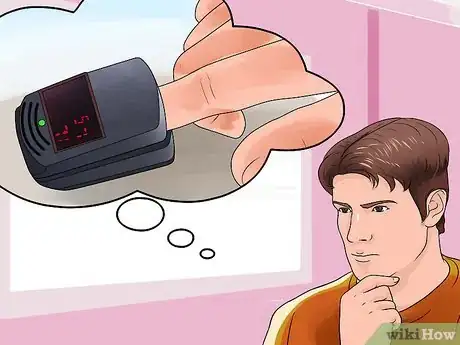

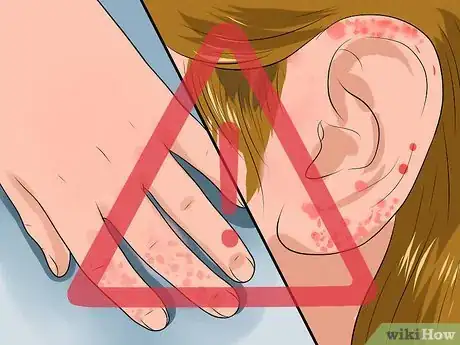
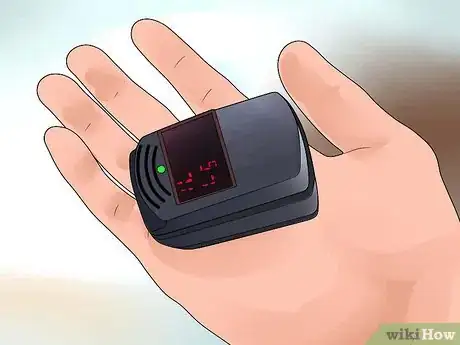
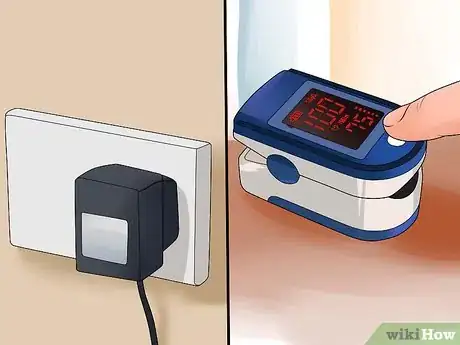
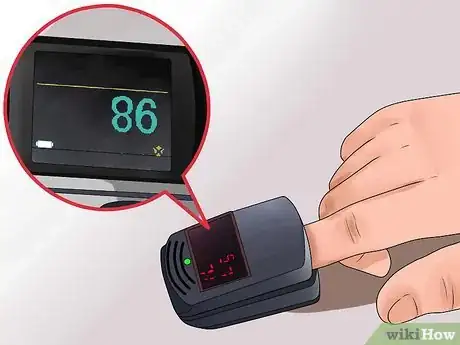
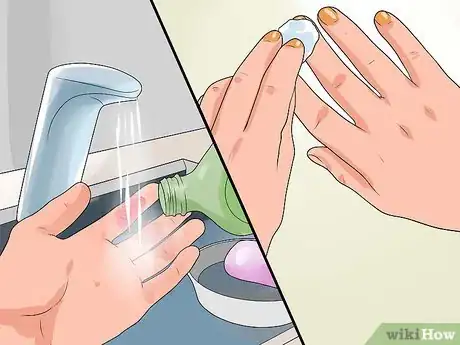
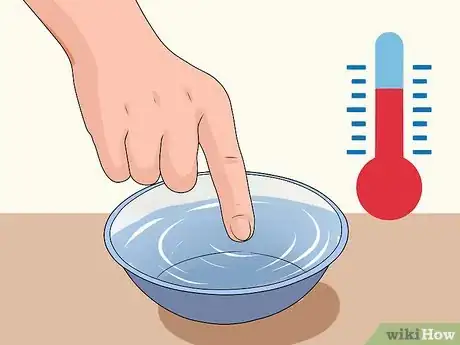
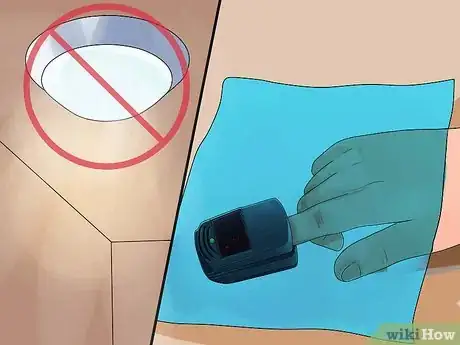
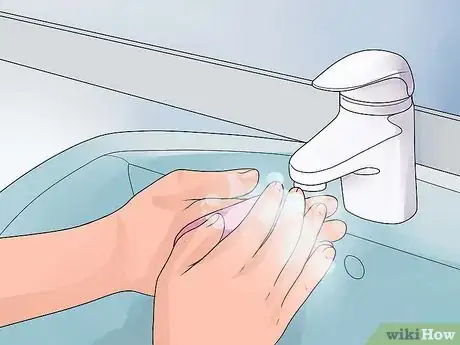
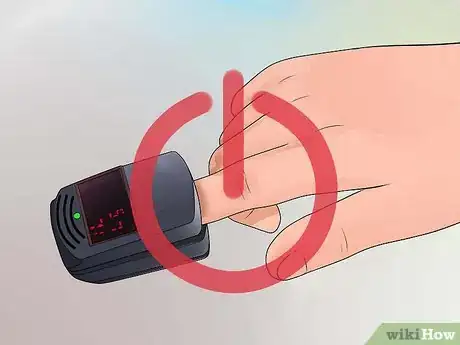

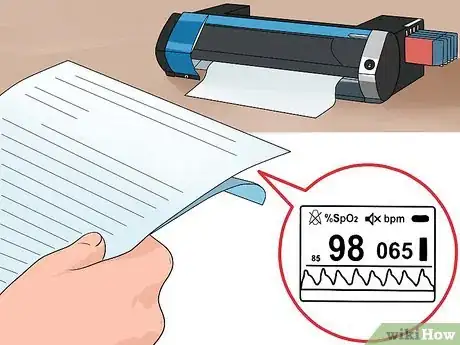
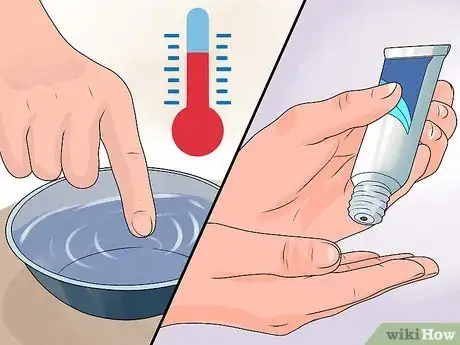

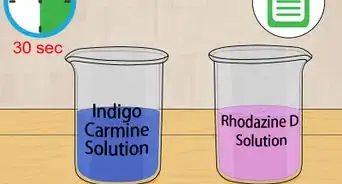






















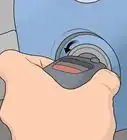






































Medical Disclaimer
The content of this article is not intended to be a substitute for professional medical advice, examination, diagnosis, or treatment. You should always contact your doctor or other qualified healthcare professional before starting, changing, or stopping any kind of health treatment.
Read More...